E-Commerce Business Model Analysis: eBay Australia's Strategy
VerifiedAdded on 2023/06/08
|9
|578
|490
Report
AI Summary
This report provides an analysis of e-commerce strategies and business models, with a specific focus on the application of these models by eBay Australia. The report begins by introducing the concept of e-commerce and its significance in the modern business landscape. It then delves into the various e-commerce business models, including B2C, B2B, C2C, and others, highlighting their key characteristics. A significant portion of the report is dedicated to the case study of eBay Australia, examining how the company has implemented these strategies in the Australian market. The report further discusses the impact of e-commerce on the market and competition, with references to relevant academic literature. In conclusion, the report emphasizes the importance of a strong business model for e-commerce success, incorporating tools like SWOT, PESTLE, and Porter's Five Forces analysis to assess the external factors. The report also mentions the use of custom interfaces, and the impact of e-commerce businesses on the market.
1 out of 9
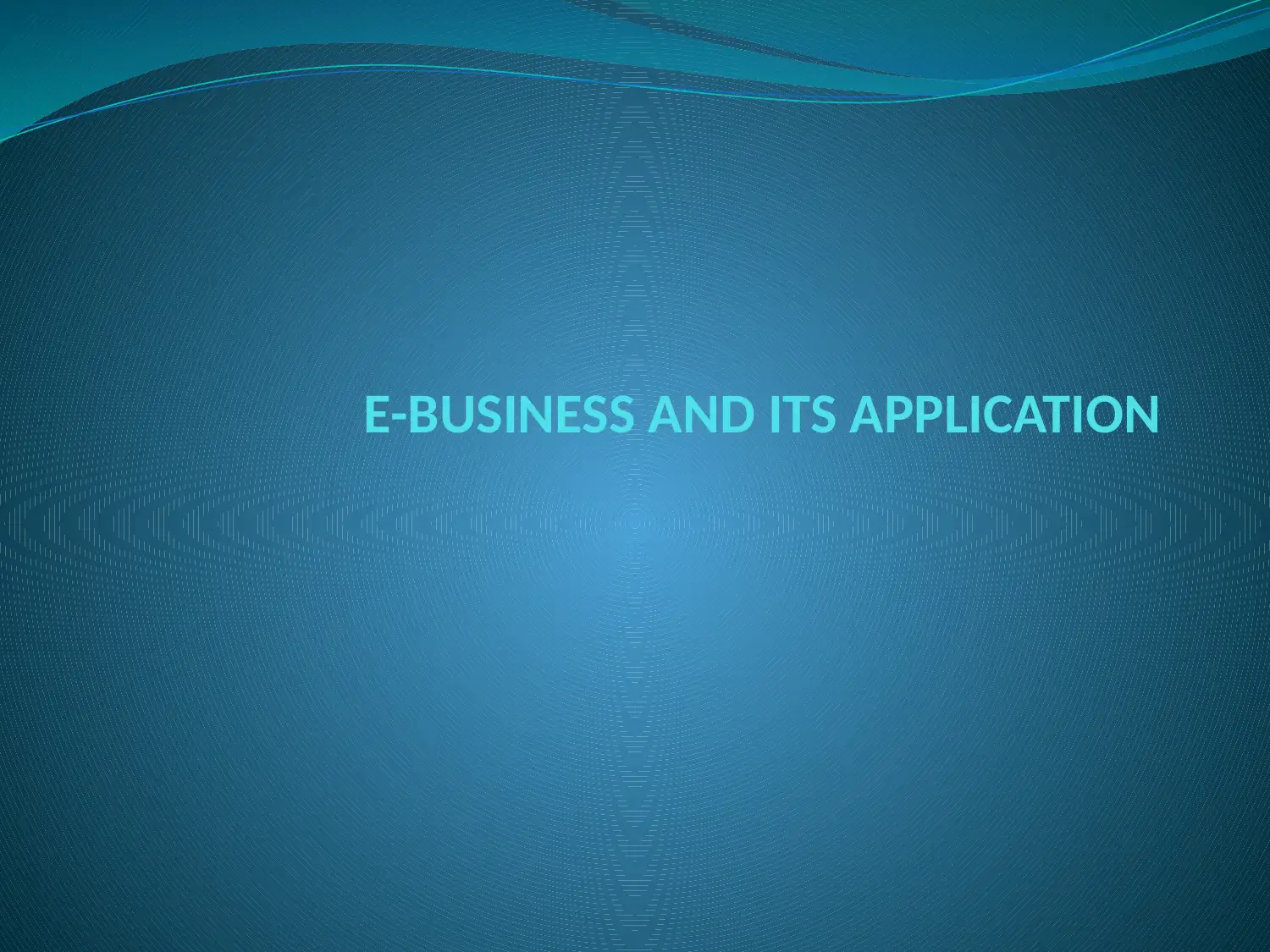
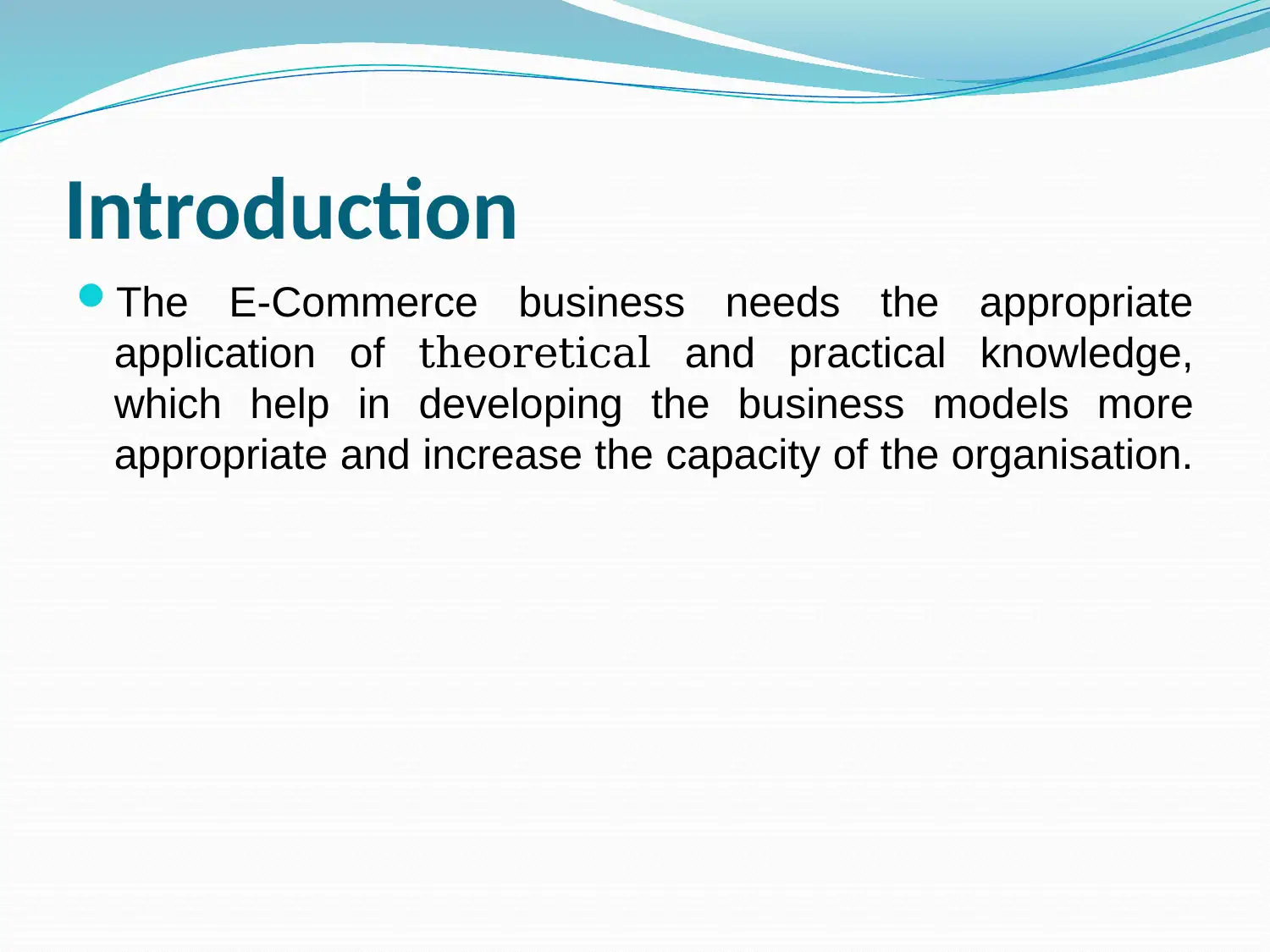


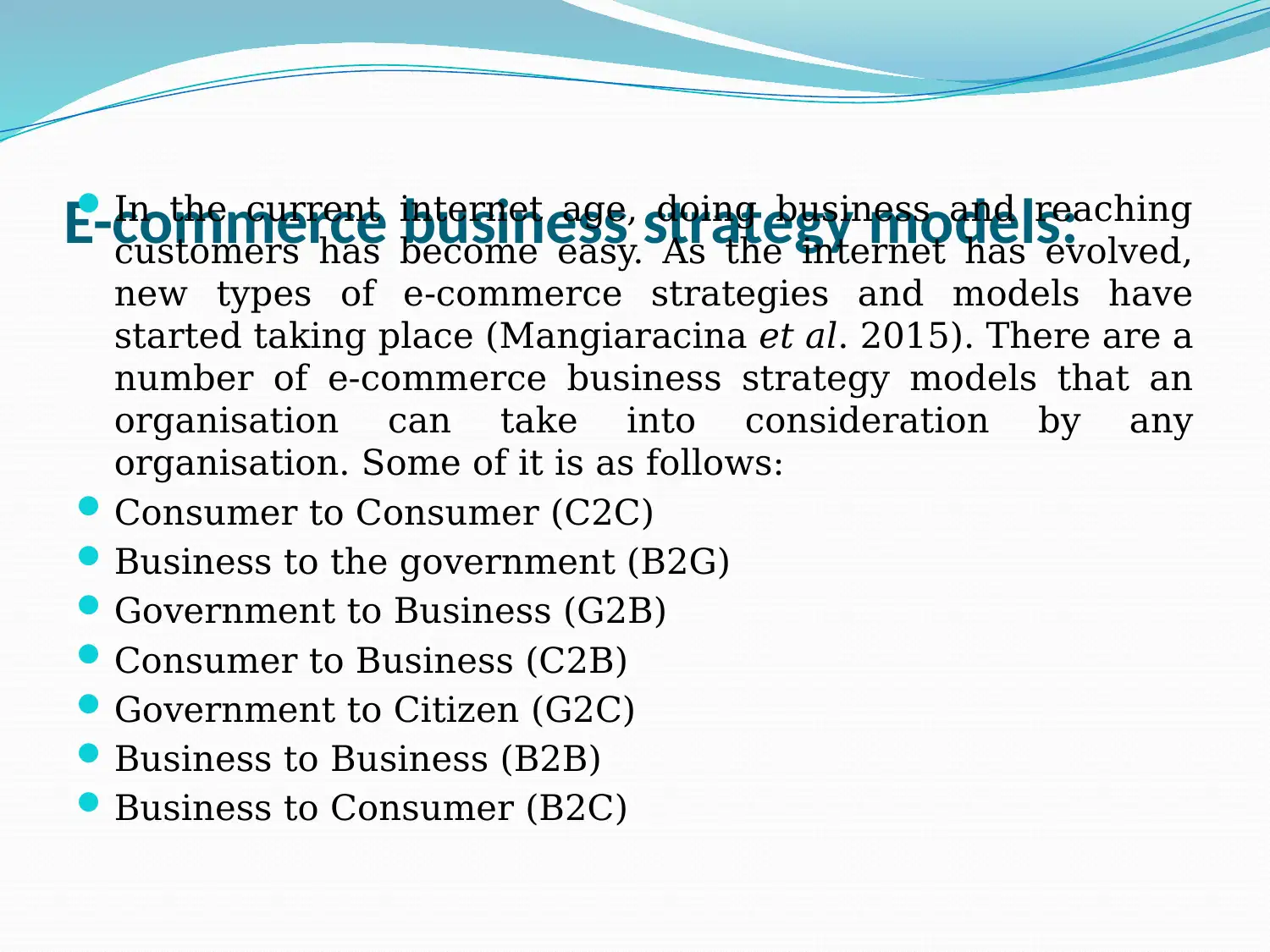
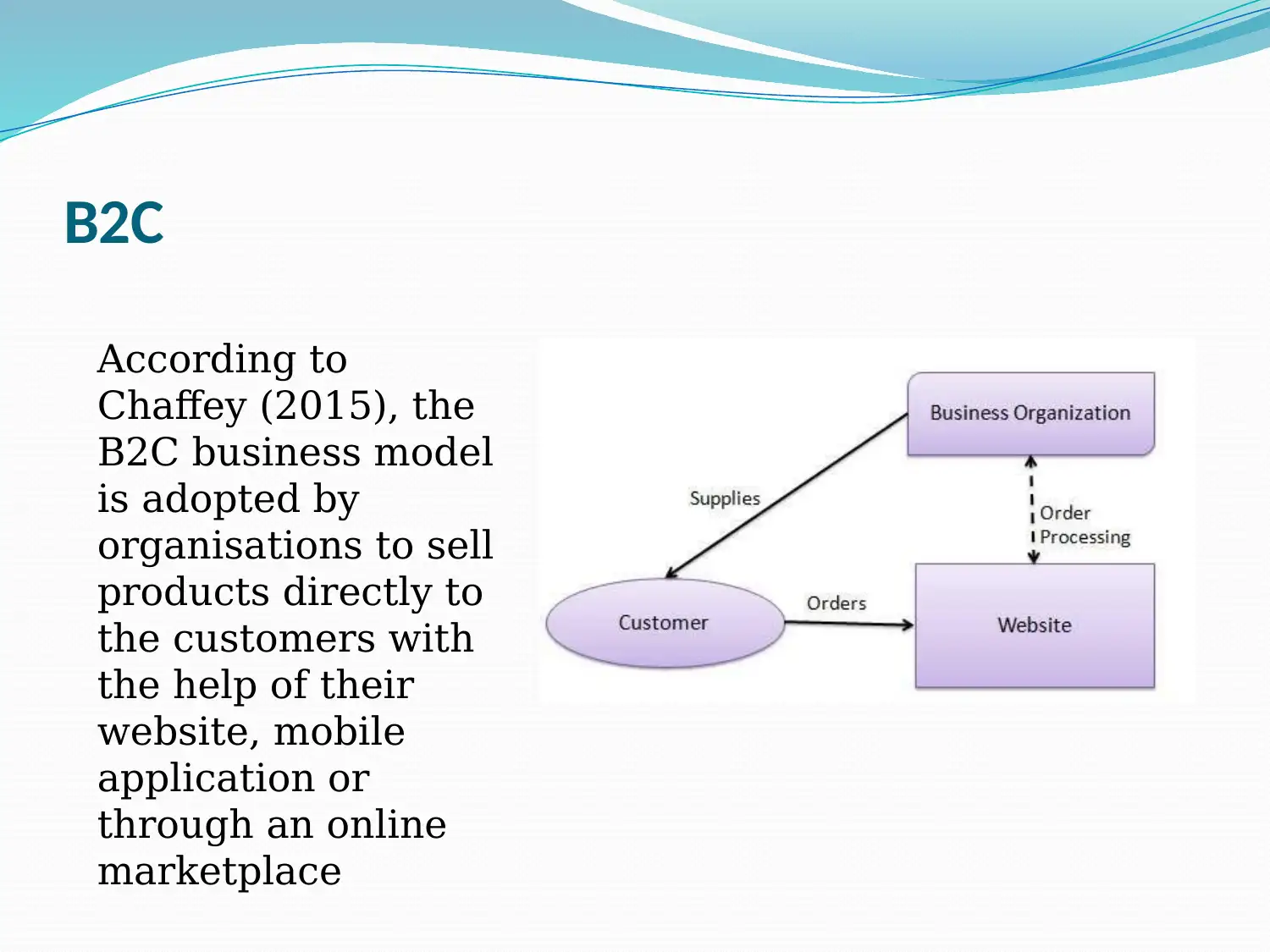
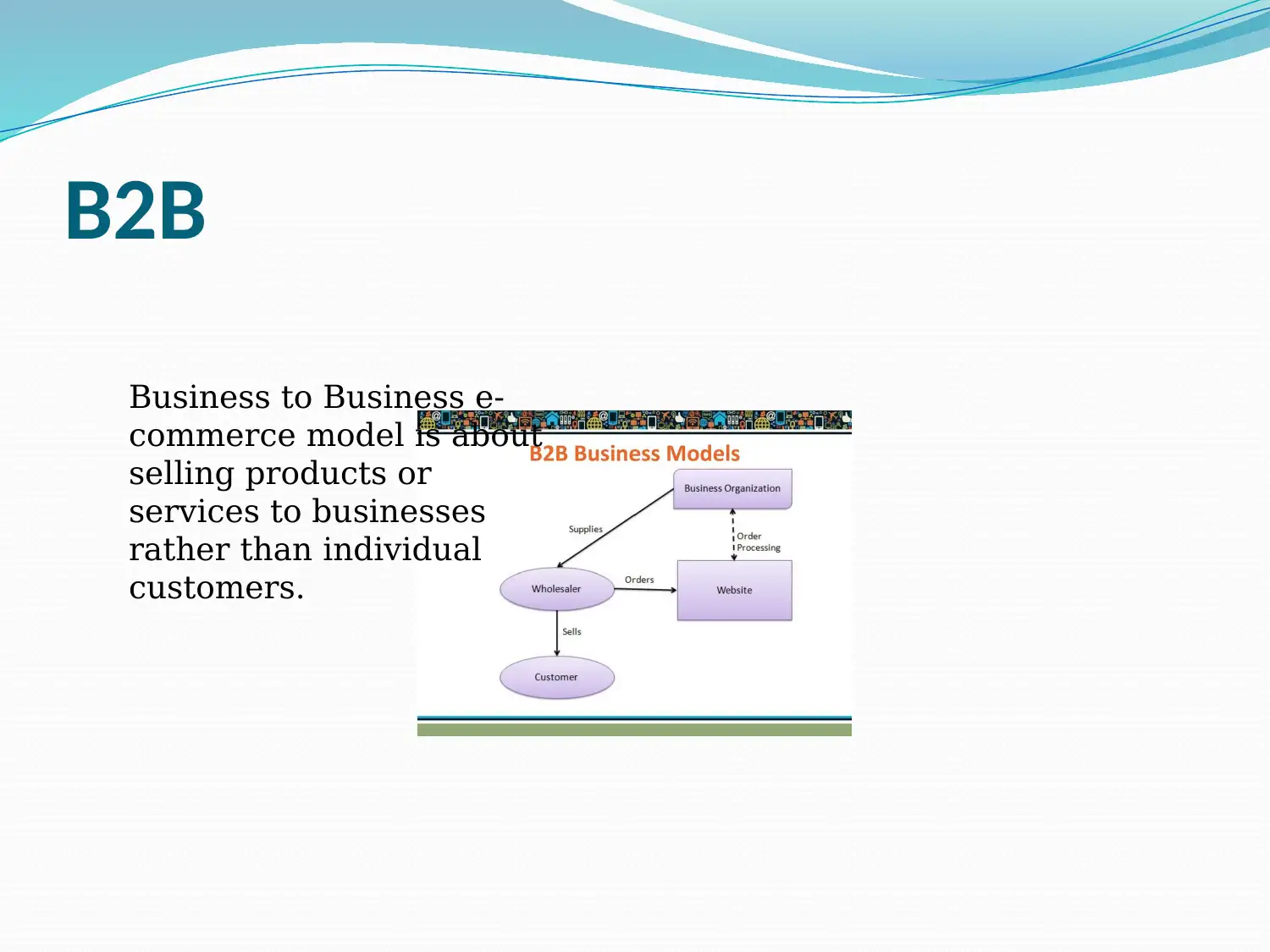

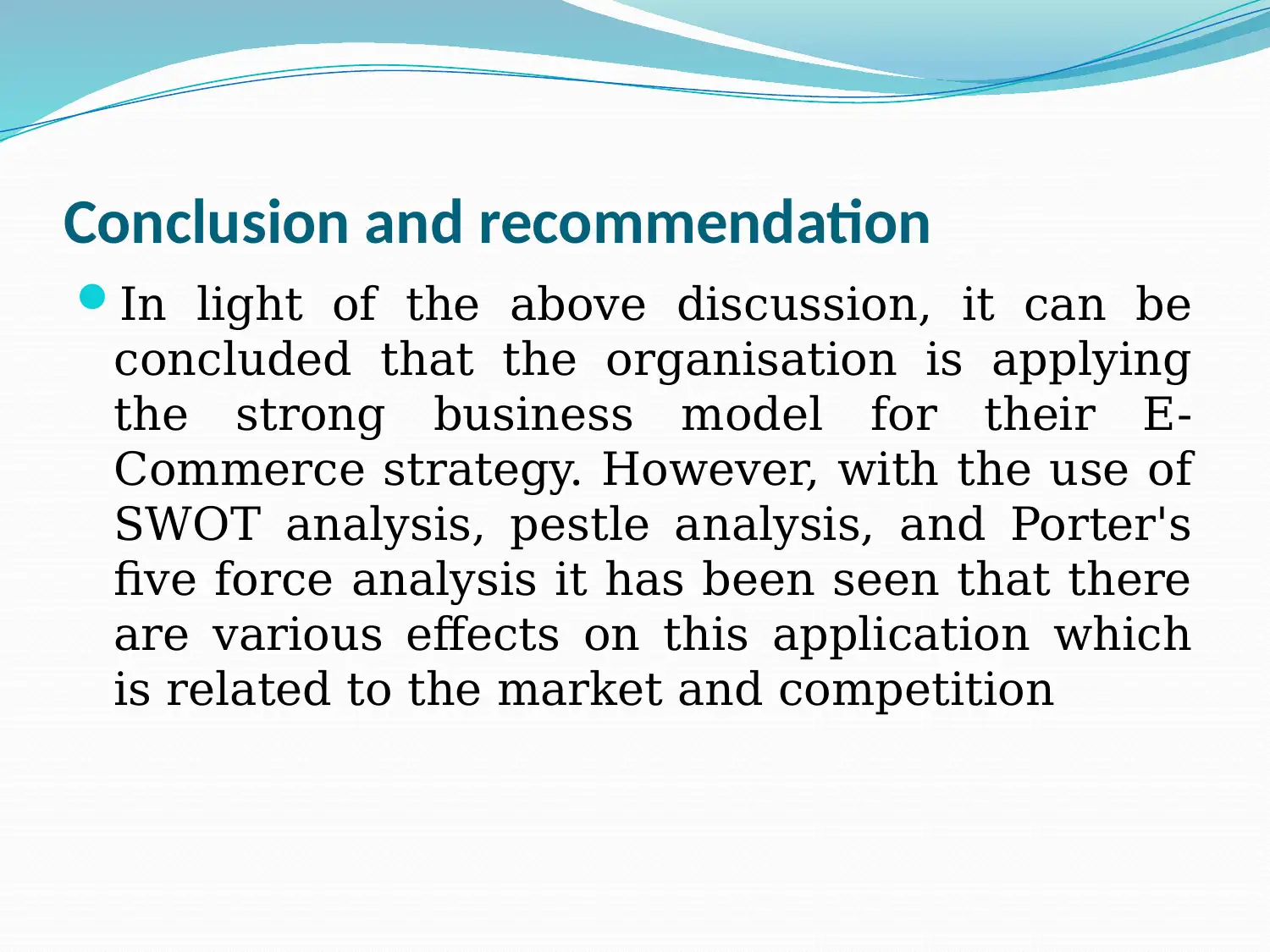






![[object Object]](/_next/static/media/star-bottom.7253800d.svg)